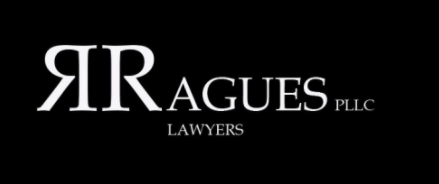I’m not sure why they call it a creditor’s meeting. The only ones that show up are the debtor, his or her attorney, and the trustee. While creditors have the right to show up, in the vast majority of Chapter 7 cases, they never show up. They know they are not going to get paid, so why would they want to show up? The answer is they don’t. The theory behind these creditor’s meetings, also known as 341 Meetings, is that the creditors can step in if they have evidence of abuse. But rare is the case where they is any such evidence of abuse. The vast majority of cases involve cases of no abuse and the creditors and their attorneys know that. At these meetings, the trustee gets to take the sworn testimony of the debtor and question the debtor about the bankruptcy filing. These trustees are highly experienced attorneys that can quickly discover problems with the case. It is their job to make sure that the case is properly administered and not abused by the debtor. If the trustee is satisfied that the petition is complete and accurate and properly documented, the trustee will close the hearing. If the trustee wants additional documentation, the debtor will be given a deadline by which to provide the missing documents. If the documents are properly provided, the trustee will then close the hearing without having another physical meeting. They will simply provide a control date by which the documents need to be provided. The less problems at the hearing, the easier the case will come to a conclusion. It is for this reason that the experienced lawyer will try to provide all the documents well in advance of the hearing to the trustee, if at all possible. But remember, the debtor must provide the documents to his or her attorney as requested.
